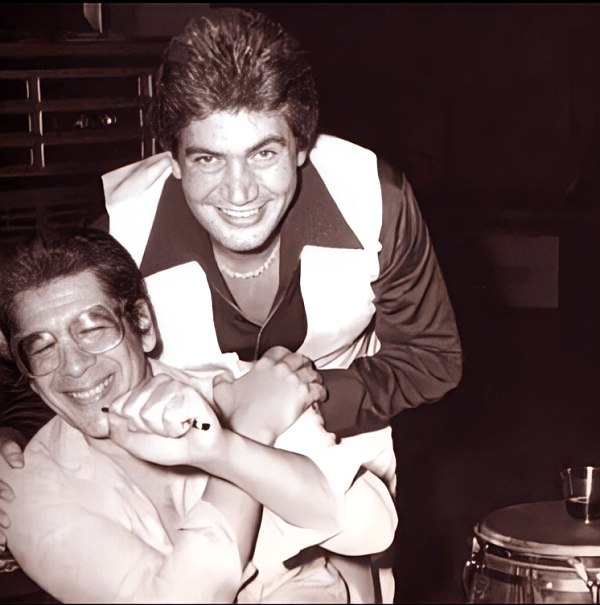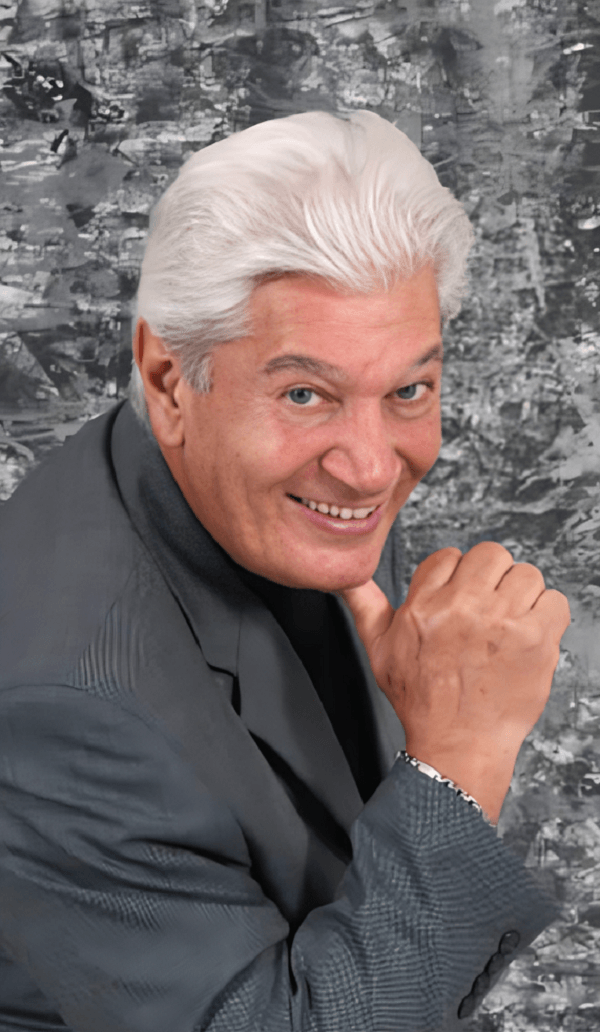Latin America / Venezuela / Caracas
Venezuela land of salsa by nature year after year offers us a space dedicated to this beautiful dance, mainly framed in the presentation of the talent of more than 150 dance schools registered as diffusers of Salsa in this country and an expected visit of guests and foreign public. will make the so named Venezuela es Latina an event to remember. With 12 years of successful editions, it invites us not to one more edition, it calls us to enjoy 4 nights and 3 days of multiple activities, best of all, nights of great social parties.

Venezuela is Latina, an event with more than 11 years of experience, organizes for this 2018 edition a festival full of workshops, seminars, forums, certifications, bootcamp, shows, competitions and good local tourism, the ideal space for everyone who wants to meet one of the most emblematic tourist and salsa lands in the world, the famous Venezuela.
This 12 installment gives us a cycle of more than 20 hours of classes and training cycles distributed in workshops, seminars and Bootcamp on days dedicated to the professional training of dancers or dancers, as well as instruction for visitors, novices and / or dance fans.
We will be able to delight ourselves with the knowledge of the best instructors from Colombia, Ecuador, Cuba, Venezuela among other countries that remain to be confirmed, with workshops of the most sought-after disciplines, added to this 3 high-caliber seminars of theoretical and practical content that seeks to certify participants.
For the general public, Bootcamps are offered guided by the organizing academy, the Son Rumbero school, which for 2 years has brought this famous practice to the festival, giving attendees the opportunity to do a cycle of classes that ends when they appear on stage. along with the best dancers of the moment on the main night of the festival.
For lovers of good music, there will be a meeting of salsa and timba fans or collectors, where we can enjoy the best musical themes, acquire good music, together with 3 nights of parties and social dancing to share with all attendees, framed in nights of enjoyment and sharing between dancers and sympathizers of these great rhythms at the hands of the best guest DJs.

For those who wish to visit this great event, the organizing committee has distributed all-inclusive packages for Colombia, Ecuador, Peru, Uruguay, Chile, Argentina, Central America, North America and Europe, with 5, 4 and 3 star hotels adapted to each need. In the same way, free packages are offered for promoters, directors or group managers who visit the festival.
Everything is ready for the 12th edition of this festival, the city of San Cristobal – Táchira State will offer us the best spaces to enjoy 4 days of great Latin things, a city 30 minutes from the border with Colombia in Cúcuta that speeds up access from the south. Dare to be part of this great festival, for more information, contact through social networks: @vzlaeslatina on Instagram and Facebook. Telephones: +573114061366 / +584126142562.












